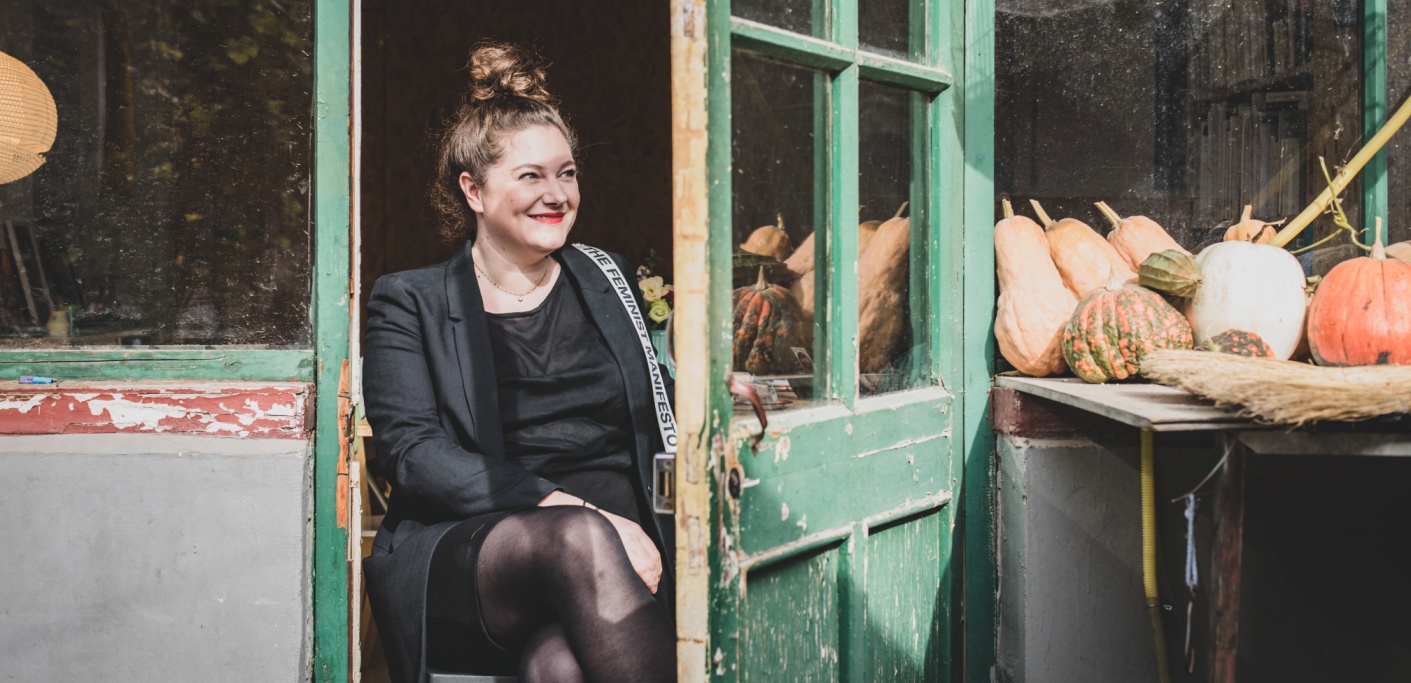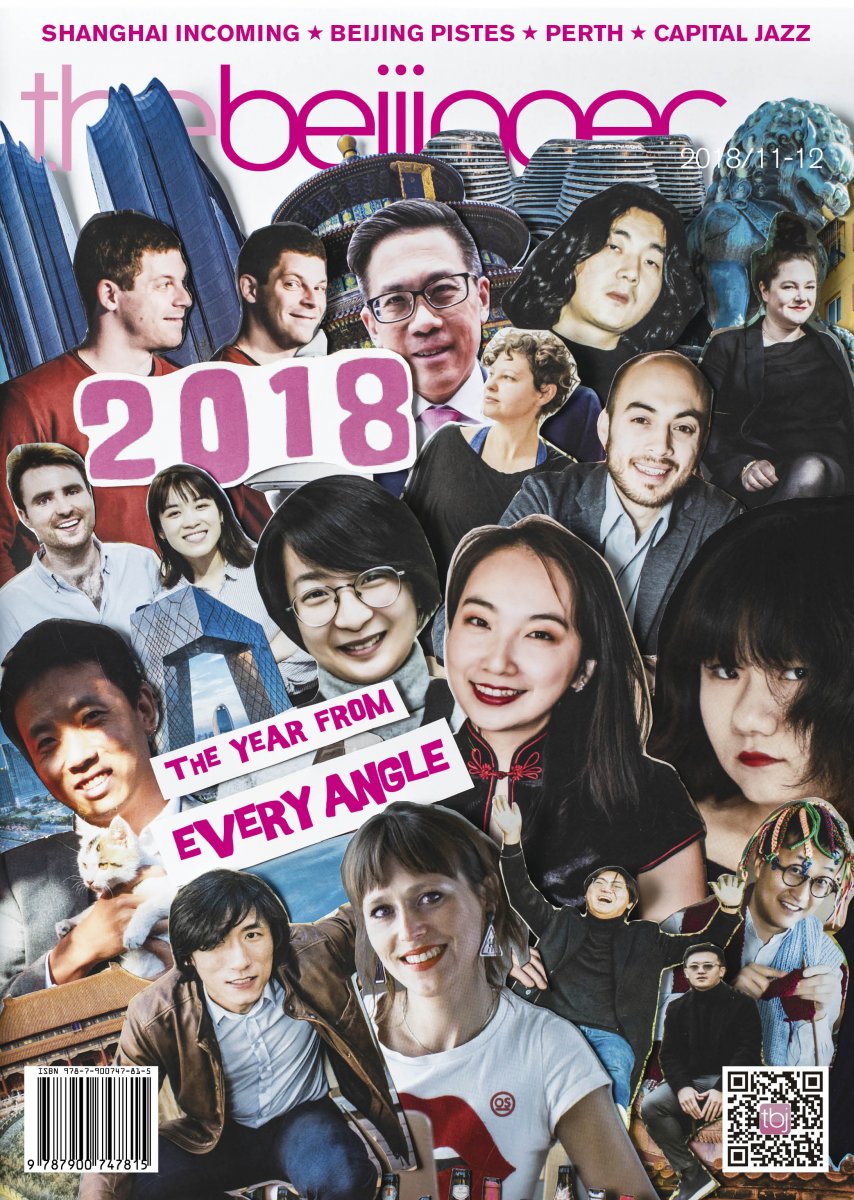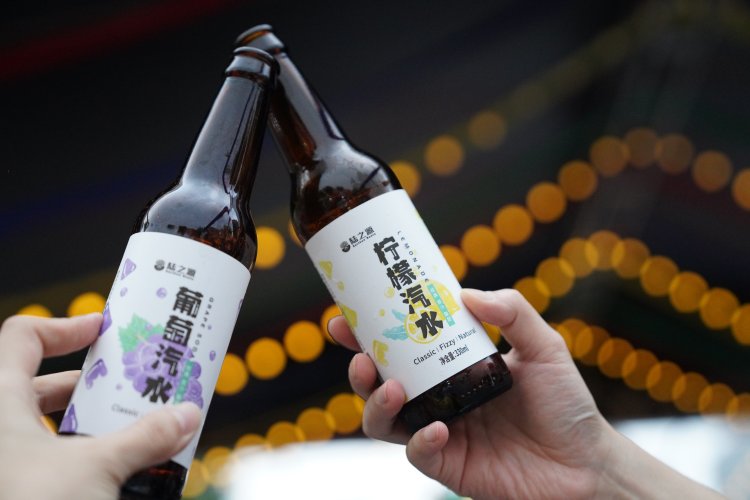Gallerist Takes Art to the Dance Floor in the Search for New Paradigms
At first glance, this year could be viewed in many ways as unexceptional, yet the first thing that struck us from conducting these interviews for The Year From Every Angle is that by and large 2018 was a year of progress.
The positivity and hope displayed among these seemingly disparate endeavors, including art, activism, mental health, and even the leisure pursuits have arisen from communities quietly coalescing around a number of shared and strengthening goals and beliefs. Though some of those objectives fell afoul of the authorities, advancements over the last 12 months have laid a solid groundwork for what looks to be a fine year ahead.
Before we gaze forward, however, it’s time to read back on Beijing’s 2018 from (nearly) every angle.
***
Name: Antonie Angerer
Title: Director, I: project space
2018 in 5 words: Resistance, Female Power, Blue Skies
Taking art beyond the gallery and into the nightclub – that’s one of the proudest achievements of 2018 for Antonie Angerer, director of I: project space. Since its opening in 2014, the gallery’s main goal has been to create an inclusive platform for art exchange, and research opportunities for artists. This year, that meant supporting projects such as The Nightlife Residency; a chance to “open [the] residency for an artist working as a hybrid between contemporary art and nightlife,” Angerer tells us. “After an incredible response, The Neighborhood, China Residencies, and I: project space brought [Berlin-based designer and musician] Bonaventure to Beijing.” The intention of that specific assignment, Angerer says, was to “transcend the art gallery as an exclusive scenario for art socialization, while exploring other fertile spaces for creativity such as the local clubs.”
Another major task for Angerer this year has been organizing Beijing22, a project that aims to explore Beijing’s urban transformation in the run-up to the Beijing Winter Olympics in 2022. These works both help I: project space to thrive within the community by working towards a common goal. Angerer adds that this year’s “collaborative approaches became the means to create spaces for solidarity and start much-needed conversations around current issues while representing different perspectives or themes normally overlooked.”
As for next year, Angerer states: “[2019] needs to be the year to take the conversations that started in 2018 even further … It has to become the year to actually find solutions for the existing problems,” specifically, she says, by giving proper representation to minorities and the marginalized. With continuing collaboration, a good dose of creative thinking, and a whole lot of drive, the varied actors of Beijing’s local art scene are one step closer to that noble aim.
Photo: Uni You








